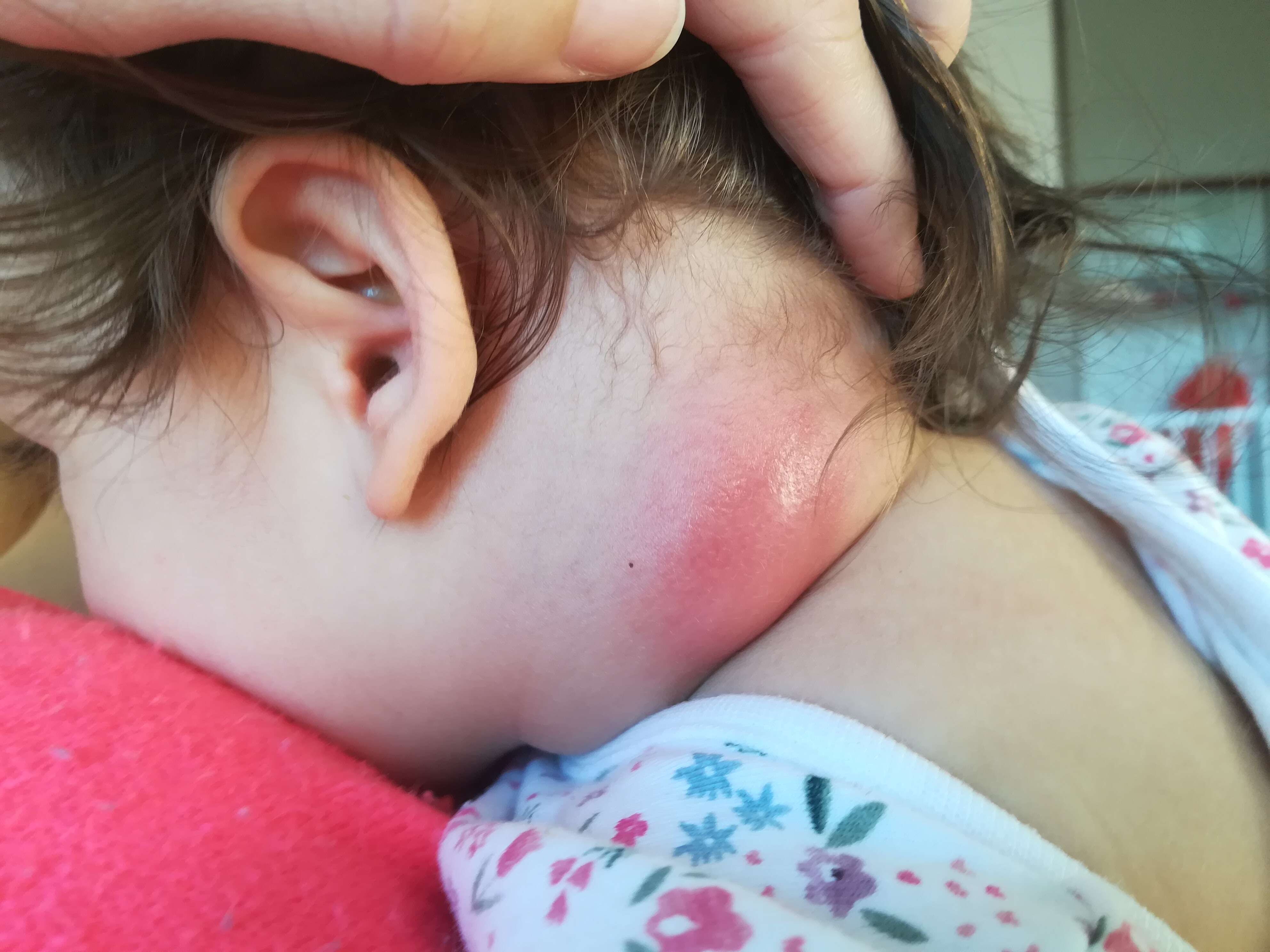
Cervical Lymphadenopathies Refractory to Antibiotic Treatment
Background: Cervical lymphadenopathies are a common occurrence among children. They are often associated with an infectious process and can be caused by multiple pathogens. Identifying an etiology can be challenging, as well as choosing the appropriate treatment.
Case Report 1: 11-month-old girl with a 2 days complaint of limitation of neck movement, without fever or other symptoms. She presented with voluminous and hardened bilateral cervical tumefaction despite having a good general appearance. Blood tests showed leukocytosis and a high C-reactive protein. Cervical ultrasound revealed unspecific features and the neck CT exhibited numerous reactive adenomegalies, the largest one with necrotic center. She started antibiotic therapy with ceftriaxone, clindamycin and azithromycin. Even so, she developed fever that lasted 10 days.
Case Report 2: 10-month-old girl with a 9 days history of left submandibular growing mass, with no history of fever or any other symptoms. Physical examination identified a palpable indurated left submandibular mass. Cervical ultrasound revealed findings consistent with bilateral adenitis. Blood work revealed leukocytosis and a high C-reactive protein. She started amoxicillin/clavulanic acid and azithromycin. She developed fever from day 1 until day 3.
Etiological investigation was negative for both patients, including EBV, CMV, Bartonella, Toxoplasmosis and tuberculosis, as well as blood cultures. After more than 15 days without clinical improvement, they underwent surgical drainage of the lymph node, and bacteriologic exam of pus identified a Staphylococcus aureus (sensitive for the antibiotics used empirically).
Conclusion: Staphylococcus aureus is one of the main pathogens implied on lymphadenitis. Generally, there is a sudden onset of inflammatory signs, with appearance of poorly mobile cervical lymphadenopathies. About 30% of the infected nodes suppurate within two weeks. With these cases we pretend to emphasize that treatment of Staphylococcus aureus lymphadenitis can be difficult, even when appropriate antibiotics are used resulting in a n eed for surgical drainage.

Powered by Eventact EMS